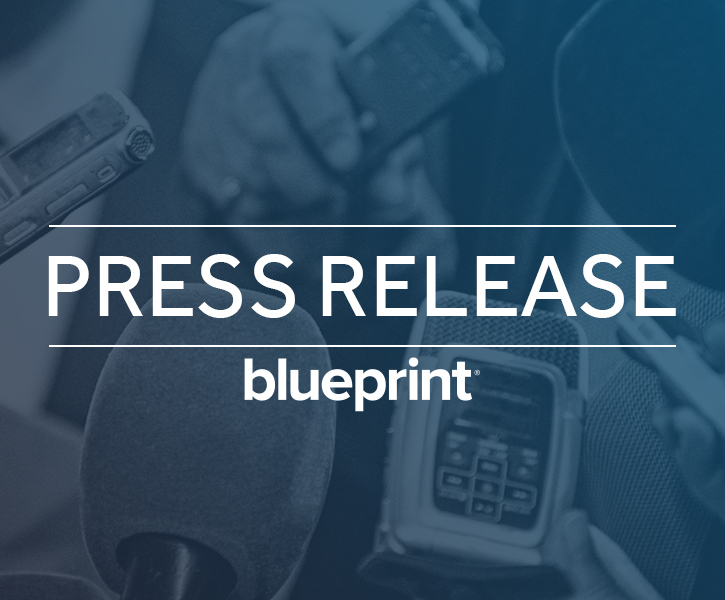How to Estimate a Manual RPA Migration
One of the biggest challenges with RPA migrations – that is, moving your automations in production from one RPA platform/vendor to another – is the time, effort, and resources it demands when you attempt a manual migration.
Traditionally, the only way to switch RPA platforms was to rebuild each automation from scratch so that it could work in the destination RPA tool. Rebuilding automations was necessary because RPA tools specify process automations differently. An automated process coded for one tool won’t work in another one. The automation needs to be investigated to understand exactly what it does, and then recoded for the destination RPA platform.
That used to be the case until solutions like Blueprint’s RPA Migration Solution were developed that drastically reduce the time and effort that switching RPA tools demands (up to 60-75% time and effort savings to be exact). However even with solutions like Blueprint’s, some organizations still attempt to execute RPA migrations manually with internal resources.
In a recent research report on RPA Migrations in 2023 that Blueprint published, the majority of organizations in the process of switching RPA platforms reported that they would be performing their migration manually with internal resources. Those figures were consistent with data collected in 2022 by Blueprint as well.
This was a surprising discovery considering the financial resources and time that manual RPA migrations demand. It’s also worth noting that manual migrations have been the prominent contributors to RPA migration horror stories that we’ve already documented here.
There is a reason why manual RPA migrations are so expensive and time-consuming. In this article, we show you how to quantify and estimate a manual RPA migration in terms of effort.
How to Quantify the Effort for Manual RPA Migrations
It’s impossible to universally quantify all manual RPA migrations regardless of the source legacy RPA tool, however, according to Blueprint’s rich experience, there are certain benchmarks that can be followed.
In terms of effort, the average RPA developer can code 40 actions or lines of code (LOC) per hour.
Calculating the effort of a manual migration would demand is a simple formula of dividing the total number of actions in your RPA estate by 40.
For example, if an organization’s RPA estate has 100,000 total actions, that will require 2,500 hours of manual effort to understand and recode the automation for the destination RPA platform.
Example:
100,000 total actions / 40 lines of code per hour = 2500 hours of manual effort
2500 hours / 8-hour workday = 312.5 days of manual effort
How RPA Migration Solutions Reduce the Time and Effort for Migration
RPA Migration solutions like Blueprint radically reduce the time and effort for RPA migrations because they do the majority of the conversion and mapping work for you.
Blueprint specifically has a vast library of actions and commands for the leading RPA tools. When automations are imported into the Blueprint platform, Blueprint automatically converts and maps those automated processes into your destination RPA tool of choice, saving countless hours of development work.
All that’s required is minor adjustments and modifications in the destination RPA tool. Blueprint even helps with this development and migration component as well.
If you’re switching to Microsoft Power Automate for example, Blueprint points out the minor manual effort required with comments in Power Automate that identify things like compiler errors or selector errors that require your attention.
Instead of taking the 300+ business days to complete the process of a RPA migration manually and figuring out all the costs that are associated with that timeframe, Blueprint can help you do it 60-75% faster.
To get an exclusive look under the hood and understand how Blueprint is able to accelerate RPA migrations while reducing effort, download a copy of the Blueprint RPA Migration Solution Technical Overview.
Share this
Recent Stories

How to Migrate Small RPA Estates Quickly and Cost-Effectively

Blueprint’s Latest Product Release Automatically Estimates RPA Migrations to Microsoft Power Automate



